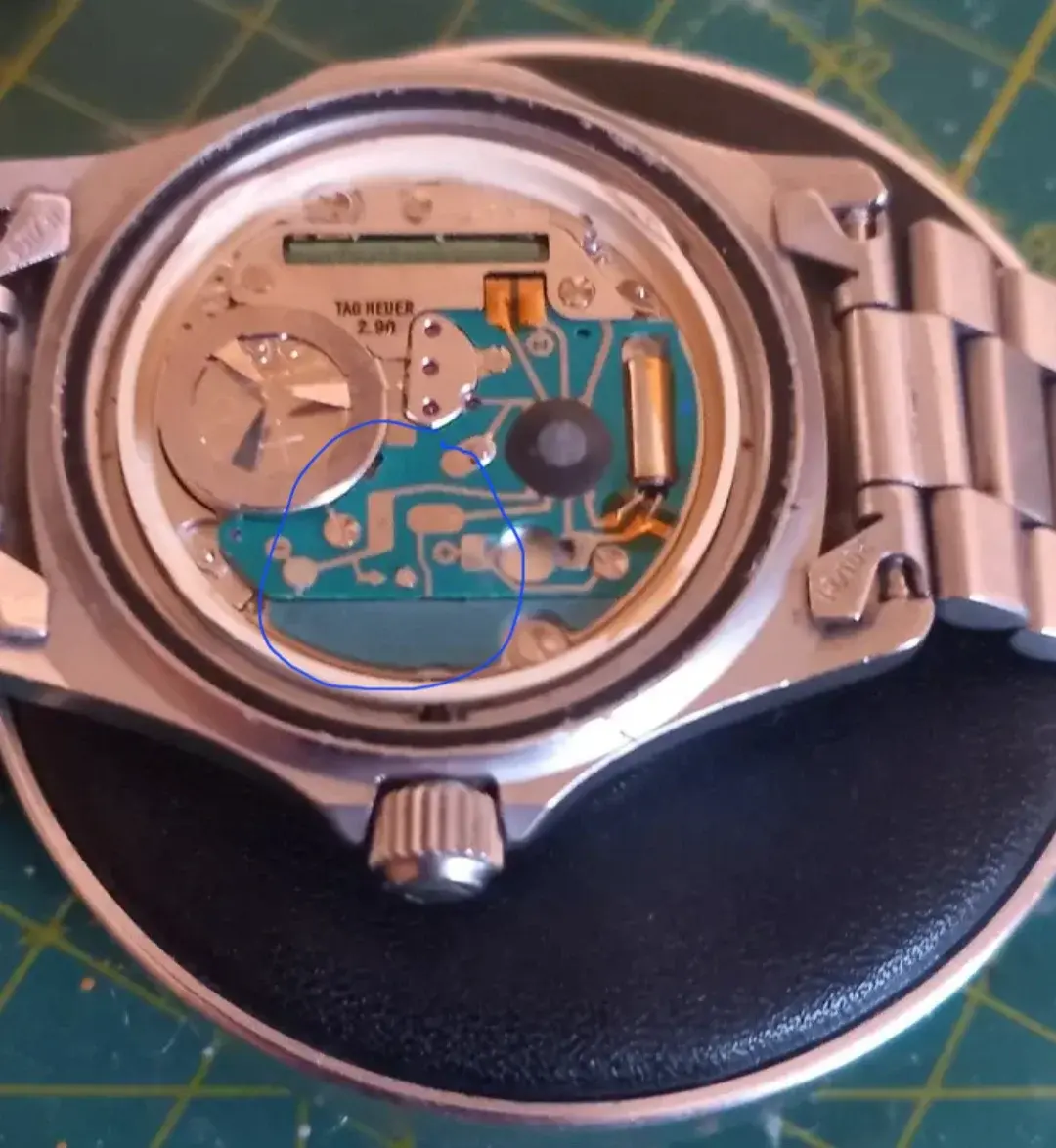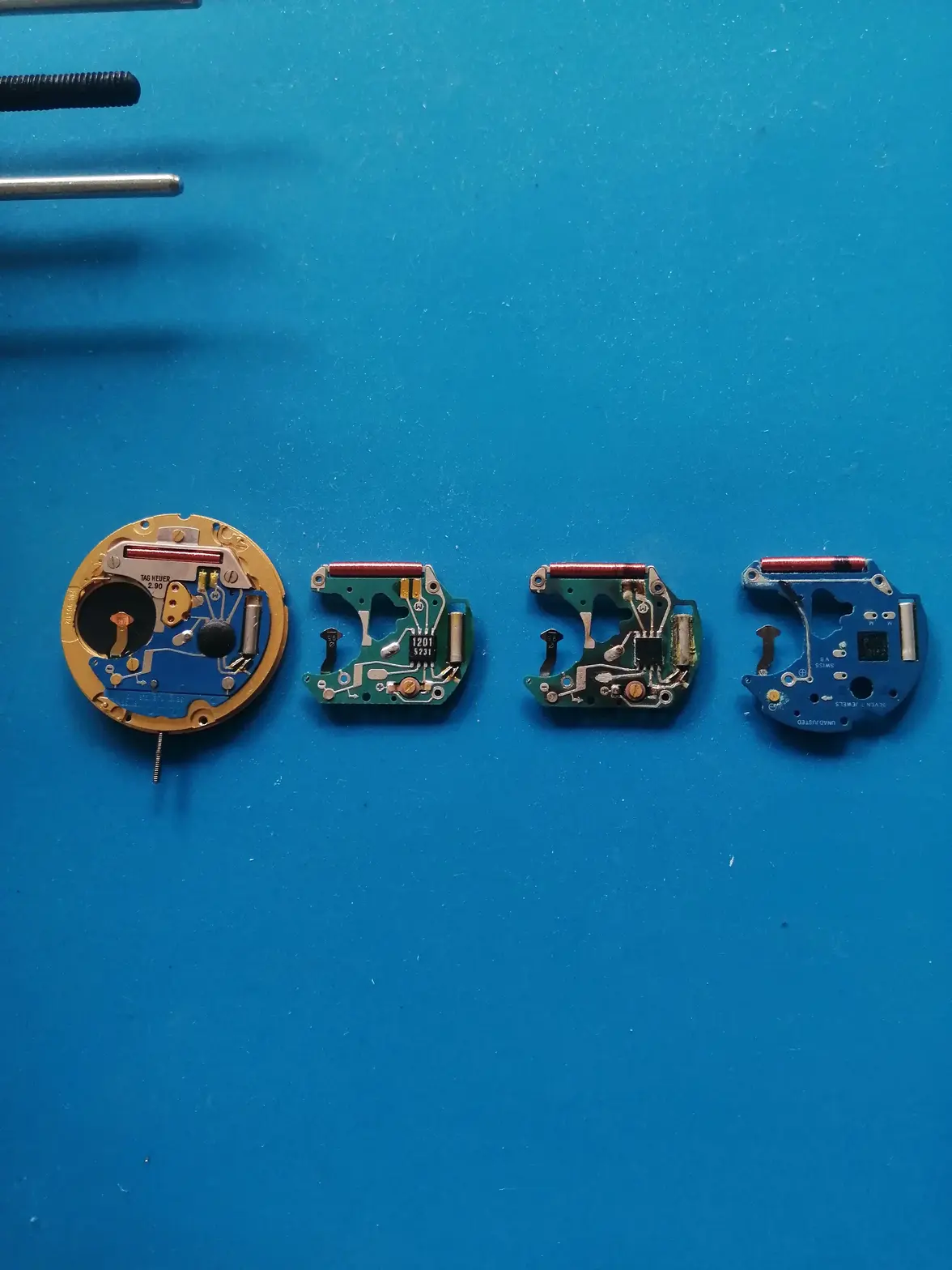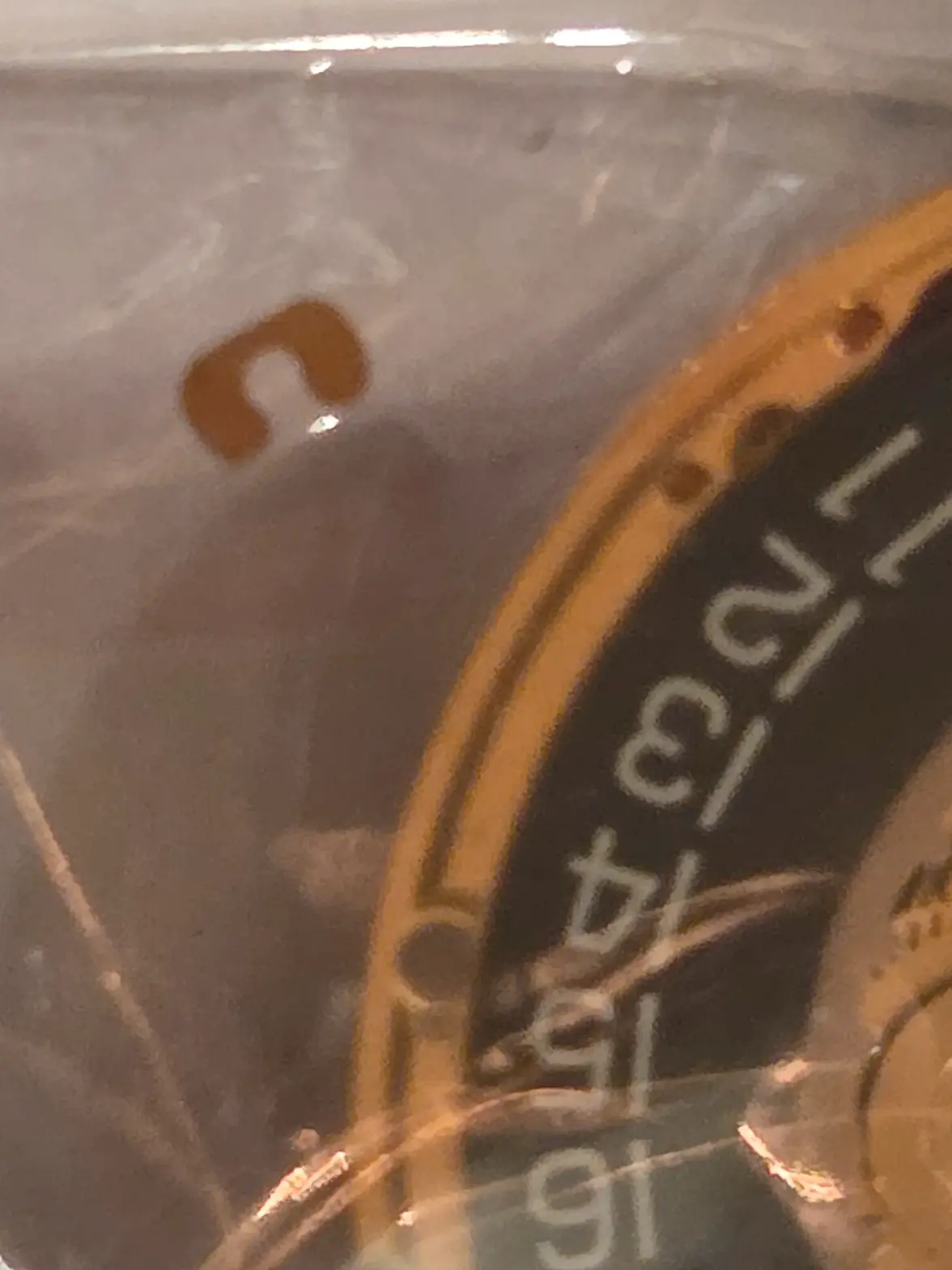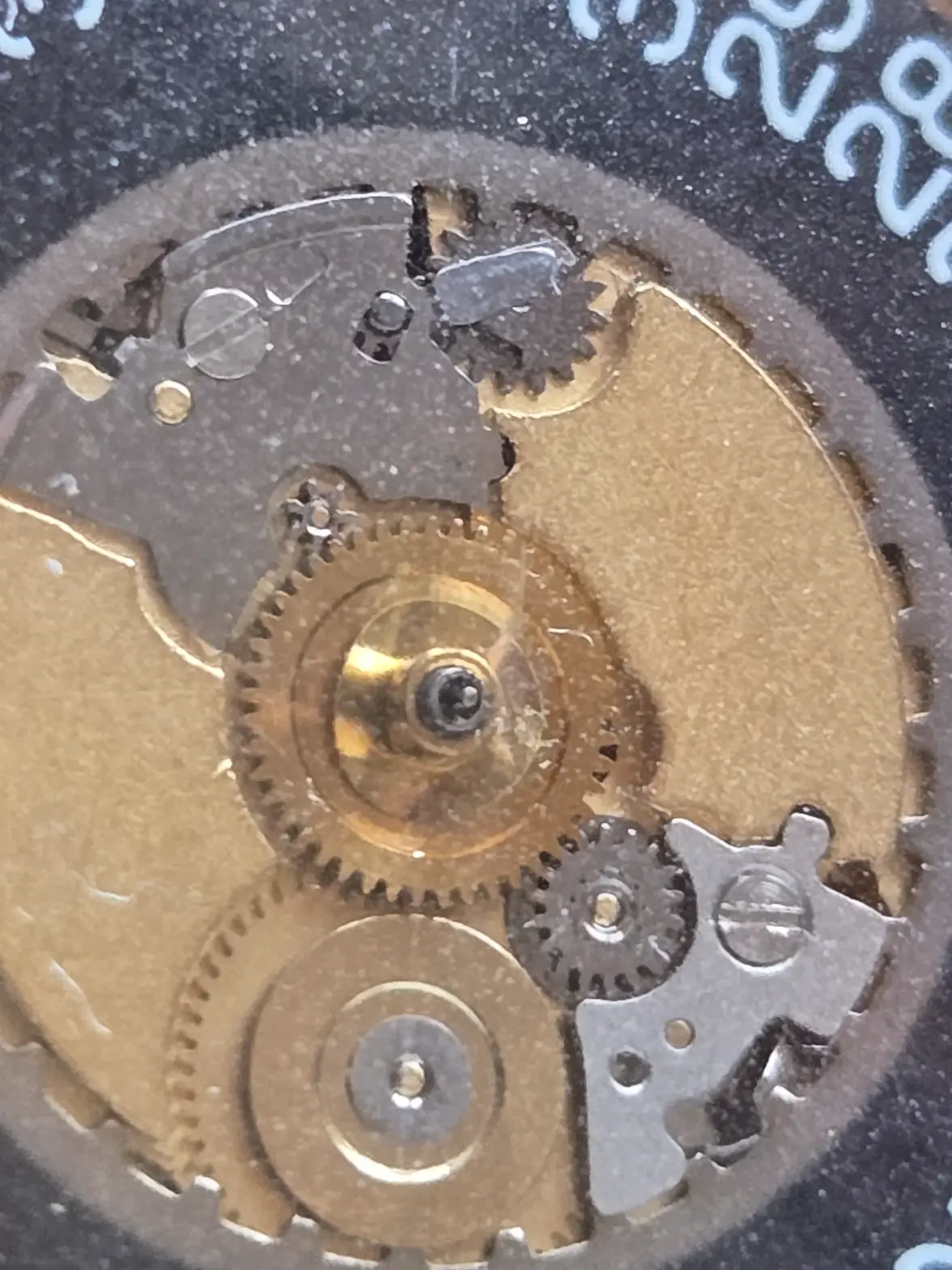I've got a lot of vintage quartz TAGs (1000, 2000, SEL, 6000, Formula 1 etc.), I worry about how long they'll go without an overhaul service.
The problem is most watch repair shops will charge just as much to do an overhaul service (if they're even willing to do it) as they'll charge to swap out the movement (inclusive of the ETA movement cost).
I've started to buy spare movements, so I can do the movement swap myself should the need arise. But even then, I don't know the state of the lubrication on these replacement movements.
Most will charge significantly more to service I suspect. There is well beyond the cost of a new movement involved in stripping, cleaning, relubrication and reassembly. A lot of watchmakers aren't really interested in servicing quartz either.
I imagine most will take the route of fitting the direct swap modern replacement.
I've already seen a number of early watches where this has been done.
There was a Heuer 1000 on Ebay recently that had been fitted with a new ETA F06. 115,really spoilt the watch in my view.
Those movements cost around £30-33 to the trade, you don't get much skilled labour for that price.
It's not a bad idea to buy a few movements as spares, we are going to have a decent used parts supply for a long time though. There are millions of these out there.
The first thing to dry up will be genuine new circuits and coils but the Chinese do make replacements.
The mechanical side on the 7 jewel versions will last our lifetimes and beyond.
Single jewel versions will inevitably suffer more wear in the pivots and train, especially when unserviced but are still long lived.
Servicing quartz is easier than servicing mechanicals. You don't have to worry about low amplitude,beat error, set mainsprings or a multitude of other things.
It's a good place to start for a hobbyist.
It may well be that proper quartz servicing comes back into vogue as the supply of new movements runs out. More quartz watches than ever are now in the collectable category, if the demand is there it will happen.



